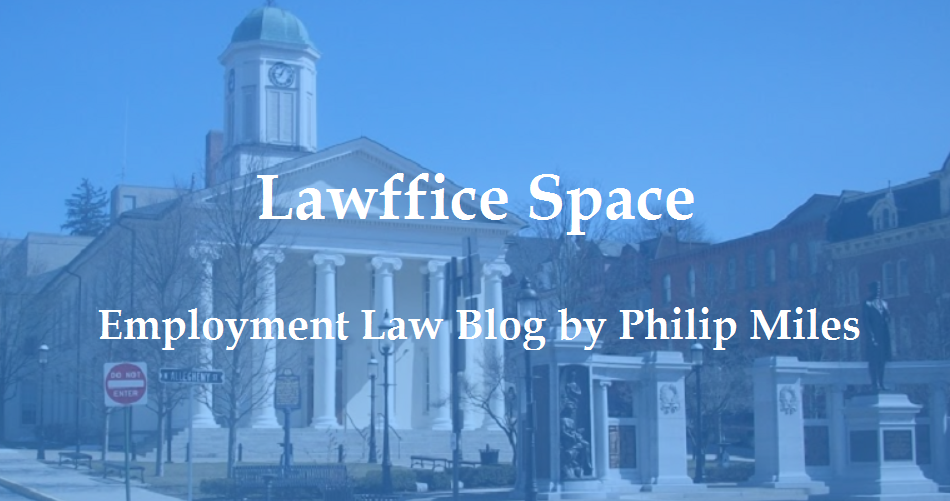Tonight's entry covers a lesson that's elementary for any employment law attorney. It might not be so obvious to small business owners though. Know thine coverage. Of particular importance to small business owners: know the number of employees required for coverage under the laws where you operate.
The big federal laws are fairly well known: Title VII covering race, color, religion, sex, or national origin; Americans with Disabilities Act (ADA); and the Age Discrimination in Employment Act (ADEA). Generally, the ADA and Title VII apply to employers with 15 or more employees. The ADEA, however, applies to employers with 20 or more employees.
I once ran into a business owner who, upon hearing that I was an employment attorney, said, "You mean like discrimination laws? I only have eight employees so they don't apply to me." I hated to break it to him but he needed to check his state and local laws (he operated in Georgia). I practice in Pennsylvania. The
Pennsylvania Human Relations Act covers any person employing
four or more persons!
There are also numerous local ordinances addressing discrimination. Such ordinances may further decrease the number of employees necessary for coverage (whether a municipality has such authority depends on a variety of factors ranging from state law to state constitutions to municipal charters) .
Still not covered by any federal, state, or local law? Think you're safe? Not so fast! I'll post more on this in a separate entry but numerous states have recognized a cause of action for wrongful discharge based on discrimination in violation of public policy - even where the employer is not covered by discrimination statutes!
I wish there were a magic number I could tell you but the truth is coverage varies across states and municipalities. As Title VII and the ADEA demonstrate, the number may vary based on the protected characteristic. Maybe it's not a statute at all but your state's common law. Know thine coverage.





